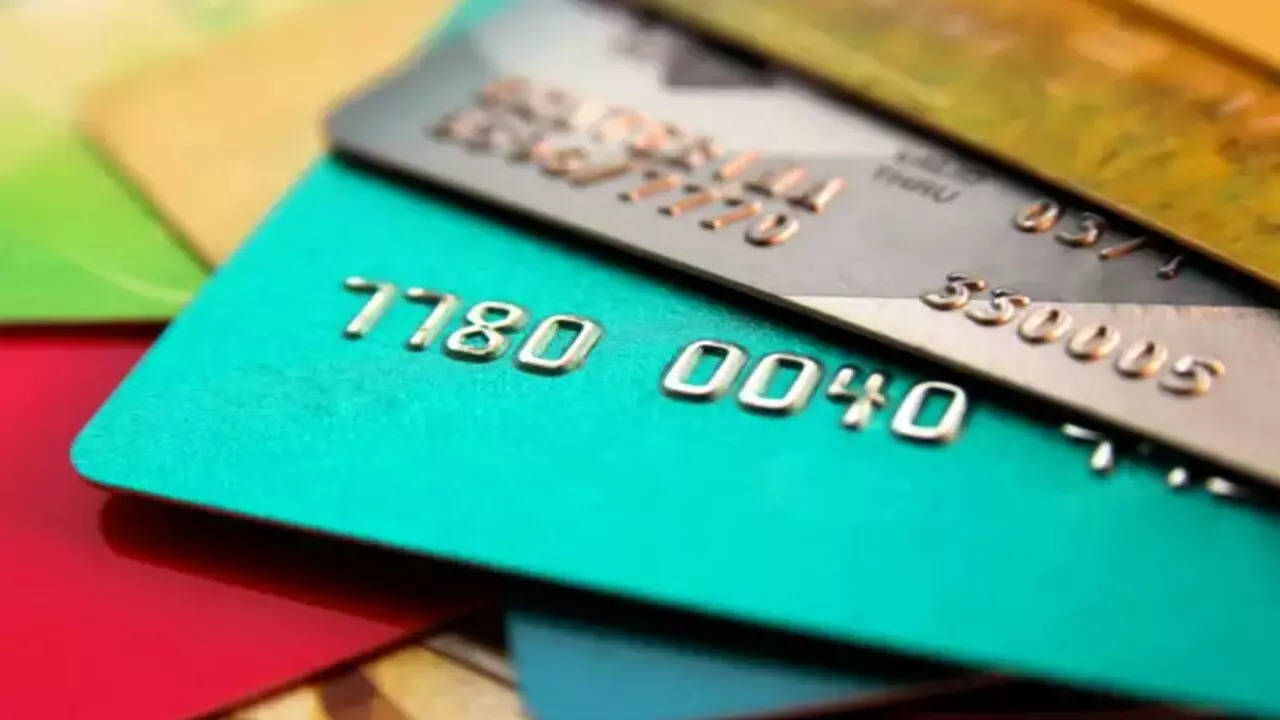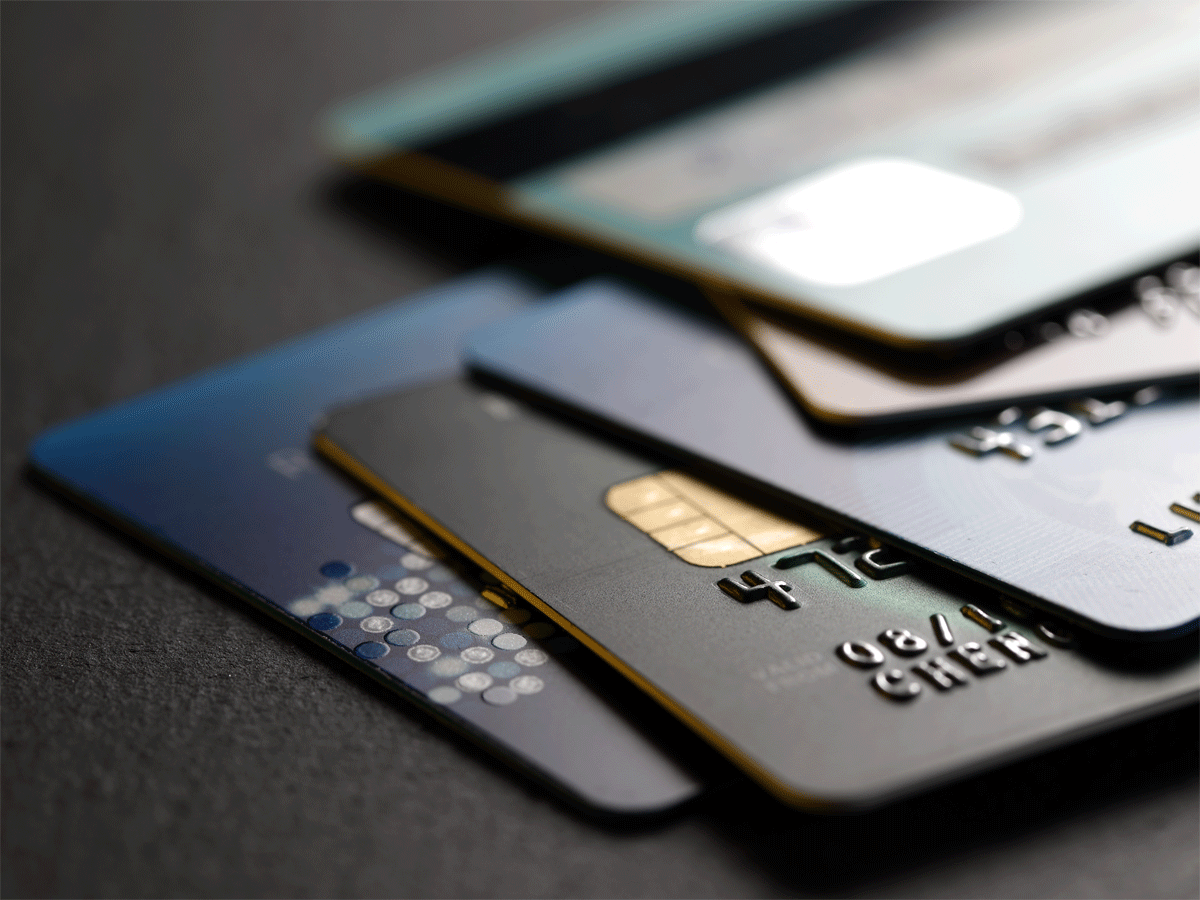Benefit from the new credit card rule? For all cards, RBI establishes a minimum amount due calculation.

The Reserve Bank of India (RBI) has asked banks and card issuers to choose a method for calculating the minimum payment due on credit card bills that prevents negative amortization. Unpaid fees, levies, or taxes “shall not be capitalized for charging or compounding of interest,” the central bank said previously in a master directive titled “Credit Card and Debit Card: Issuance and Conduct Directions, 2022.” 
According to Sachin Vasudeva, Director & Head of Cards at Paisabazaar, “the new rule compels the credit card issuers to establish the minimum amount due at a level high enough so that the entire outstanding debt may be settled over a reasonable period.” Additionally, any financing fees, extra fines, or taxes associated with the outstanding debt should not be capitalized in the subsequent statement.
Your credit card account will accrue interest if you just make the minimum payment necessary, and this will continue until the whole balance is paid. The interest on the balance on the credit card will be calculated as follows: (days counting from the transaction date x amount owed x monthly interest rate x 12 months)/365.
Let’s assume your payment is due on the tenth of the month, and your purchase was made on the first. You pay the bare minimum of Rs 5,000 by the 25th of the month, which is your due date. The interest will now be computed on the unpaid Rs 95,000 for the subsequent bill for 40 days, or from the date of the expenditure to the date of the subsequent bill.
The interest will be computed on the interest each month if you continue to pay only the minimum. “The interest generated over a few months can exceed the normal minimum amount payable of 5% of the outstanding debt if the outstanding amount is quite high.” In this scenario, the credit card will incur interest, which will increase the balance owed. Without the overdue decrease, the consumer would also be paying interest on interest. An illustration of negative amortization is this: “Pankaj Bansal, CBO at BankBazaar.com,” stated
When the minimum payment amount is set too low, it is difficult for the consumer to pay off the balance in full. “Instead, even with consistent minimum payments, the principle grows over time.” This is because loan fees and other penalties keep accruing with each payment cycle, Vaishishtha remarked. If a client continues to just pay the minimum amount needed each month, the balance owed will continue to grow.
According to the new RBI regulation, the card issuer may set a higher minimum balance, such as 10% of the sum due rather than 5%, to make sure that the minimum payment includes both principal repayment and interest on the outstanding balance.
According to Amit Das, CEO and Co-Founder of Think360.ai, the minimum payment needed on a credit card should be greater than or equal to the total amount owed in interest and fees, not just the sum due on the card’s principal.
For example, suppose a credit card account has an unpaid balance of Rs 10,000 at the end of the month. Interest is computed at a monthly rate of 2%. Therefore, if the entire amount due is not paid on or before the due date, it will be necessary to pay Rs 250 in addition to the outstanding, plus interest of Rs 200 (2 percent of 10,000), tax, and other fees of Rs 50 .
To prevent interest or other charges from being capitalized in future statements, the minimum amount must be Rs 250. To pay off debts on schedule, a reasonable amount should also go toward principal payments. Experts advise customers to always pay their entire account on time unless there are compelling reasons why they cannot. In an emergency, paying only the bare minimum is okay, but it should not become a habit.
“When you only make the minimum payment due, finance charges, which can be as high as 5% per month in some circumstances, begin to accrue on the outstanding balance. Moreover, new purchases stop being eligible for the interest-free period when there is a balance remaining on your card. Therefore, it is recommended to always pay the full amount due rather than the minimum amount, Vasudeva said.
If a client anticipates that a financial emergency will prevent him from paying the whole amount due before the due date, he should convert the balance to equated monthly installments (EMIs) at a much lower interest rate.
Card issuers will look for an OTP.
If a cardholder has not activated their card for more than 30 days from the date of issuance, the credit card issuer must first get OTP-based permission. The card issuer is required to deactivate the credit card account without initiating a charge within seven working days if the customer rejects the request to activate the card. Credit card activation and charges without the cardholders’ knowledge have happened frequently; by demanding consent, this won’t happen and the card issuer won’t be charged.
Approval of the credit limit
The credit limit that has been approved and communicated to the cardholder must never be exceeded without the cardholder’s express consent, according to card-issuing companies. People used to only get alerts about credit limit hikes. The card issuer will not raise the credit limit after October 1, 2022, without the cardholder’s express written permission.
Rates of interest
“To prevent negative amortization, the terms and conditions for payment of credit card balances, including the minimum amount due, should be specified.” The Annex includes an image. According to the RBI’s master circular, outstanding levies, taxes, and other fees “must not be capitalised to charge or compound interest.” According to the American Express website, “capitalised interest is the addition of unpaid interest charges to the balance of a loan (the amount you still have to pay).”
Edited by Prakriti Arora




